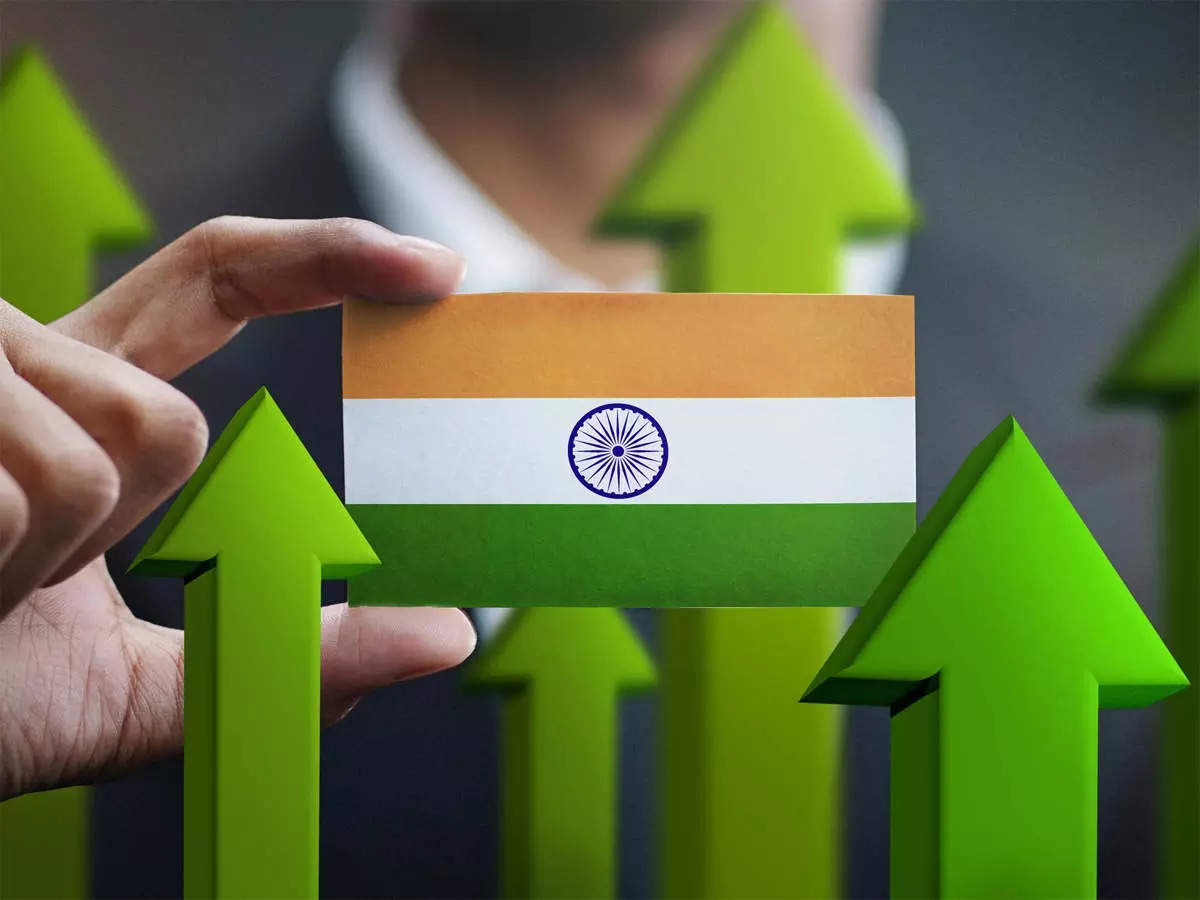
India booming amidst global recession
India has now surpassed United Kingdom’s GDP to become world’s fifth largest economy. Although the International Monetary Fund has cut India's GDP growth forecast by 0.8 per cent to 7.4 per cent for 2022-23 in its recent report 'The World Economic View: Gloomy and More Uncertain', it has also said that in comparison with other major economies such as the US and China India will grow faster. This means that India will become the fastest growing economy among the major economies of the world. Due to rising inflation and slowdown, there has been talk of declining growth in the US and Chinese economy. General opinion is that the situation may be even worse. The world reeling under the crisis of the pandemic is facing new challenges, including oil and food shortages and inflation due to the Russo-Ukraine war. Due to this, central banks around the world are raising interest rates, which will prove to be detrimental to growth. While the lockdown in China is affecting supply chains around the world, slowing growth in the US, in the first part of the year 2022, declining household incomes and a contractionary monetary policy have been causing slowing demand and growth globally. According to the IMF, the world's growth is projected to be 3.2 percent in 2022 and 2.9 percent in 2023, which is 0.4 and 0.7 percent lower than the earlier estimates, respectively.
According to latest report of Central Statistical Organisation (CSO), Indian economy is poised to grow at 13.5 percent in first quarter of this fiscal year 2022-23, that is, between April and June 2022. This growth in GDP looks impressive, as we see growth across sectors, where maximum growth is seen in public administration, defence and other services; Trade, hotels, transport communications; construction; and electricity, Gas, Water Supply and other utilities. Important to note that USA’s GDP has been shrinking for the past few months, international agencies are warning of a global slowdown, the Indian economy remains the world's fastest growing economy. Though, inflation and depreciation of rupee vis a vis US dollar continues to worry the government, it has to be understood that inflation in India is far less than other big economies. Many countries of Europe and the US, which had not faced inflation in the past many decades, are now facing the heavy brunt of inflation. The rate of inflation in the US has reached 9.1 percent and in England it has reached 9.4 percent, while in India it is only 7.0 percent.
Similarly, however, the rupee has depreciated by 5.41 percent against the dollar in the last five months, meanwhile, the Pound Sterling has depreciated by 4.87 percent against the rupee, the Japanese Yen by 6.10 percent and the Euro by 4.97 percent. That is, the rupee has weakened against the dollar, but has strengthened against other currencies. The Pound Sterling, which was Rs 99.46 on 30 March 2022 is now (as of 30 August 2022) is Rs 94.61; 100 Japanese yen were worth Rs 62.24 now it is only Rs 58.44 Similarly, Euro which was worth Rs 84.24 is now worth Rs 80.00 only. That is, whether we talk about inflation or depreciation of currency, the Indian economy is performing better than other economies of the world. The Purchasing Managers' Index (PMI) is a measure of growth in services and manufacturing, the two main sectors of the economy. The PMI index for services stood at 59.2 in June, 2022, as estimated by Standard & Poor's, it can be assumed that India's services sector is performing extremely well. As far as the manufacturing sector is concerned, this PMI index has increased from 53.9 in June to 56.4 in July and maintained at 56.2 in August 2022. The agency’s survey says that despite all the adverse conditions like huge foreign investor exodus, rising interest rates, weakening rupee and slowdown in the global economy, the manufacturing sector has been performing consistently better, since November 2021. Another indicator of growth in the economy, especially in non-farm activities, is GST receipts. It may be noted that GST receipts have remained at a consistently high level since October 2021, and are much higher than what they used to be in the past. Where GST receipts were Rs 1.17 lakh crore in September 2021, the average receipts since then have been above Rs 1.4 lakh crors. It can be understood that the manufacturing and services sector is now witnessing unprecedented growth. If we look at another indicator, namely Index of Industrial Production (IIP), we find IIP growth at 12.4 percent during June, 2022. Though, this is slightly lower than what it was in the same month a year ago (13.8 percent), it’s still better, as last year growth was from a lower base due to effect of pandemic. Growth in Mining IIP is recorded at 7.5 percent in June 2022, Manufacturing IIP growth was recorded at 12.5 percent, while for Electricity, it was recorded at 16.4 percent. Consistency in growth of IIP across sectors indicates uptick in economic growth.


